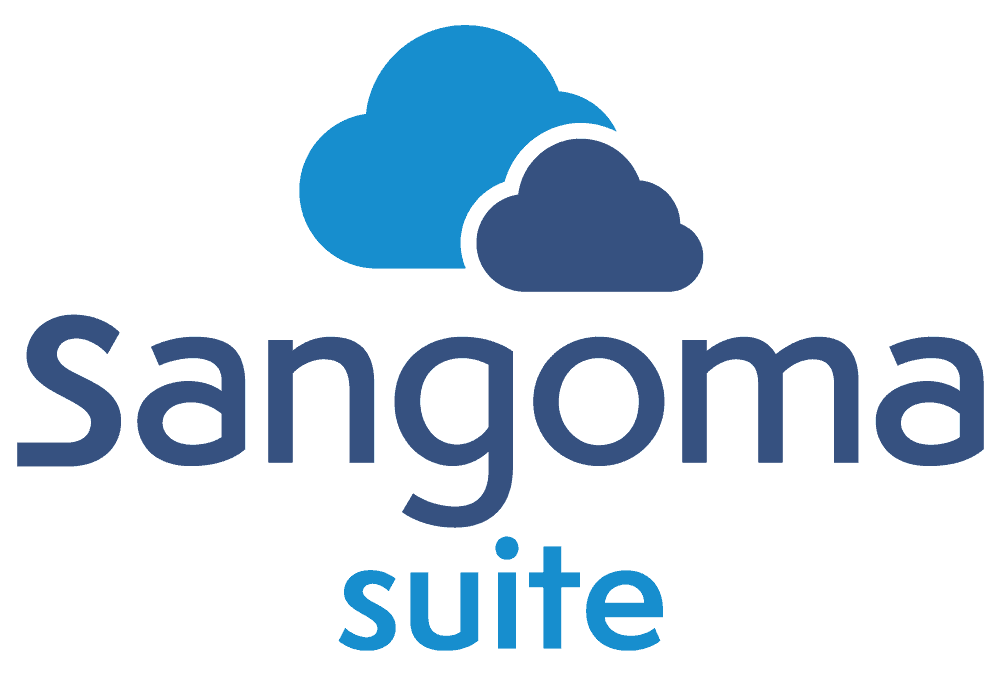Where is business voice evolving to?
Last week I wrote about why voice seems to be making a “comeback” from a business perspective. And I wrote about people seeing the value of voice, of making phone calls since that is the lifeblood of a business. Making video calls to make appointments just isn’t needed right now. And we’ll probably keep writing these kinds of articles about voice for years and years, even though voice is kind of boring and gets passed over for more exciting technologies. But voice had its day as a “thing.” Some of you may remember 20 years ago; all the hype was about VoIP – different codecs, MOS scores, and all that. And VoIP has certainly changed telephony forever.
And VoIP is now every day. But voice is still evolving. We all now understand how to use voice commands talking to a device – speech recognition is “normal” now. I’ve also written about AI and its impact on the contact center. These types of new functionality will soon find their way into the UC systems that run businesses and enhance the business’s voice experience.
However, as intimated in this blog, voice is not the only way to communicate with a business. Video is a way, as is email, chat, social media, etc. In the context of business, what voice has evolved to is that it is one of the ways to conduct business, but not the only one. All the different real-time communication modes need to interoperate with each other.
For the UC system running the “voice” part of the business, the UC clients need to ensure they can seamlessly switch to chat, collaboration, and video as part of the experience. And a system that can be used both internally for inter-employee communication and externally to talk to customers.
Customers want to make an appointment or order something or whatever. Calling is efficient, so they call or use a self-service portal and perhaps text. And that’s why a company with a sole focus on video meetings or video calling, or just voice meetings or voice calling, won’t be able to service a small and medium business. A Unified Communication system that knows how to handle phone numbers, texting, and all kinds of call control, as is found in a “PBX,” is required.
A Unified Communication platform, able to true multi-modal communications, such as Switchvox, PBXact, or Business Voice, will be required.
The post Where is business voice evolving to? appeared first on Sangoma.







